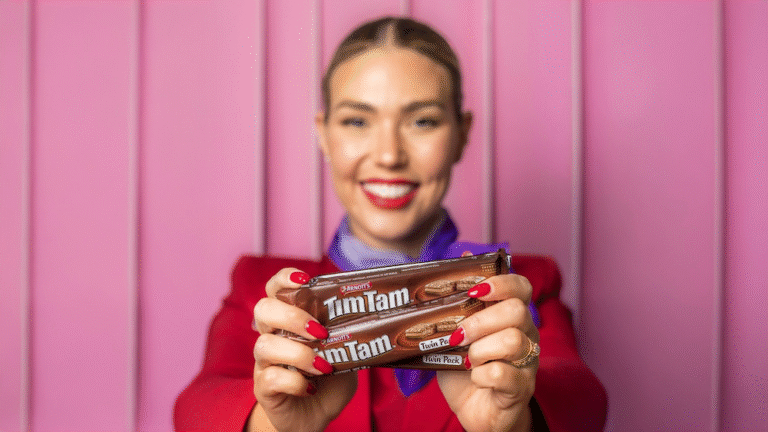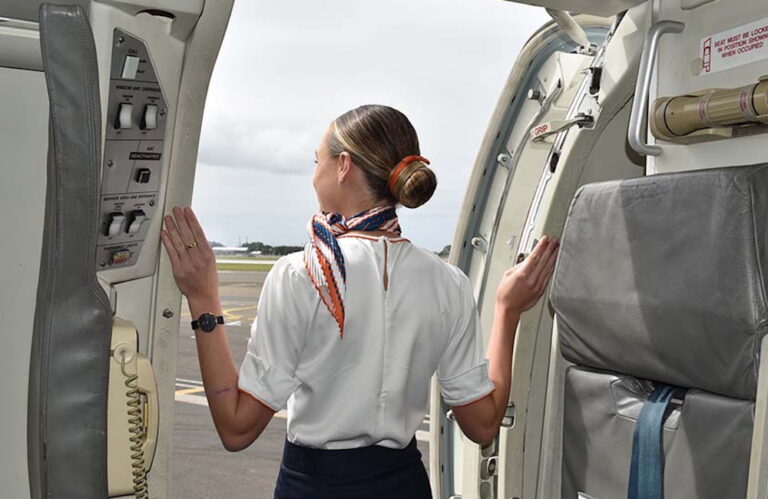When travel agent Anna Powell from Pursers Travel Group woke up on Tuesday she didn’t think she’d be travelling from Toowoomba to Sydney and back again. She had no luggage. She just had two, pretty important, documents with her: the passports of some very stressed clients.
Pursers Travel Group owns and operates 12 Helloworld Travel franchises across Southern Queensland. Anna normally works from her home office on the Sunshine Coast, but was helping out in their Helloworld Toowoomba CBD store as a couple of the team were off sick.
The call came through at 7.30 am.
“Our consultants always give their clients their mobile numbers,” Anna tells Karryon. “And these clients called Carly on her mobile that morning.”
The clients had flown from Toowoomba to Sydney the night before a cruise to Singapore.
“But they got up that morning and went to pack everything up and realised that they didn’t have their passports, that they’d left their passports at home.”
They called their travel agent, Carly, in a panic, suggesting maybe meeting the cruise at its next port, but that doesn’t always work and can be a costly option, Anna says.
“The clients were heartbroken.”
“They were just going, ‘Oh my god, we can’t go on our cruise.’ And you know, same-day cancellation would have been horrendous.”
Finding a solution
The clients had to be on board their ship by 3 pm.
There was a direct flight from Toowoomba to Sydney, but it had left for the day. Remember Anna doesn’t normally live in Toowoomba. But she was there, able to get to the clients’ neighbours (who had a spare key) to get the passports and then drive the almost 140 kilometres to Brisbane Airport.
“I got there with half an hour to spare,” she tells Karryon.
Anna then jumped on a plane, got to Sydney, hopped in a taxi and got to the Overseas Passenger Terminal at 2.30pm.
“All the stars aligned. One delayed flight or one traffic jam and it wouldn’t have worked out.”
“I was texting them the whole way: ‘Okay, I’m on the plane. Okay, we’re taking off now. Okay, I’m in the cab…”
She was, unsurprisingly, greeted with lots of hugs and even more gratitude.

This, as so many know, is why you book with a travel agent. And of course, the clients paid the expenses for all this, but flying their travel agent to Sydney and back is certainly cheaper than losing out on what we hope will be the holiday of a lifetime.
“Their day went from the absolute outhouse to the penthouse,” Anna says.
Anna’s back in her home office on the Sunshine Coast where her commute is once again much shorter than it was on Tuesday.
But the smile on her face is still there. Because travel agents rarely get to see off their clients at that most exciting of moments. They’re there before in the planning time, and sometimes get to hear tales post-travel, but this was something special.
“It’s very fulfilling when you’re able to help like that,” she says.
“And, obviously you can’t do that sort of stuff every day. But it definitely makes you remember why you do this job.”







